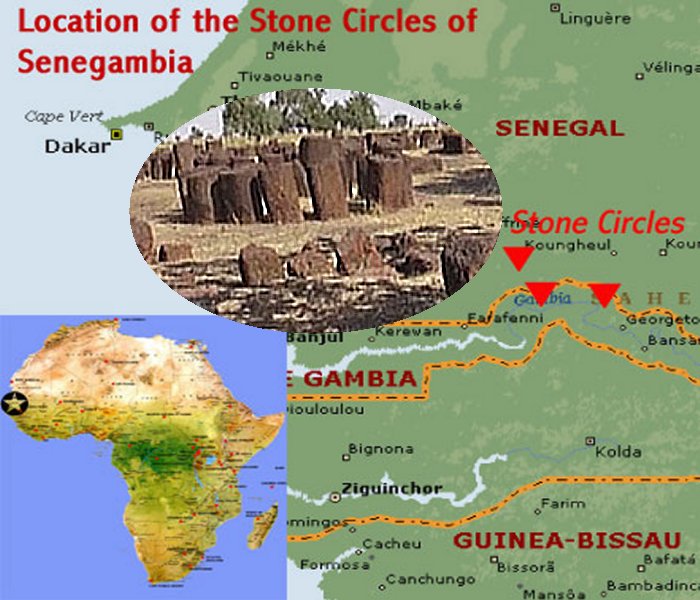A. Sutherland – AncientPages.com – There are still many ancient places on our planet that remain unknown or very little known to most people.
One such place is Senegambia’s ancient site, which is located in the western part of West Africa, between the River Gambia and the River Senegal. The site has the largest and most extraordinary concentration of megalithic complexes in the world.

The monuments, which were first explored by 1903, are the long-standing mystery because until now, no one has been able to determine the exact date of their origin. However, it is generally believed that megalithic structures began to form from the 3rd century BC before the 16th century AD.
These gigantic monuments – with more than 1,000 stone circles and related tumuli – are divided into four main areas: Wanar and Sinus Ngayene in Senegal and Wassu and Kerbatch in the central Gambia, and cover an approximate area of 100 km wide and 350 km in length, along the River Gambia. The region contains circa 29,000 stones, 17,000 monuments, and 2,000 individual sites.
Megalithic monuments and burial practices vary in time and space, in a time frame known to range from 200 BC to AD 1500. The monuments are partitioned into monoliths circles, stone circles, earthen tumuli, and stone tumuli.







